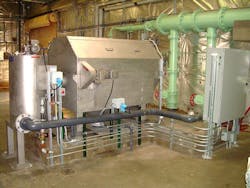Sponsored Recommendations
Sponsored Recommendations
Chemical Plant Case Study
Aug. 14, 2024
Energy Efficient System Design for WWTPs
May 24, 2024
Directory
JWC Environmental
June 27, 2018




